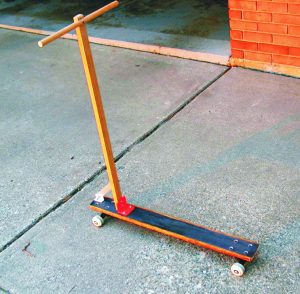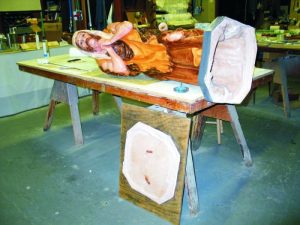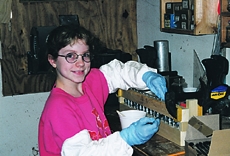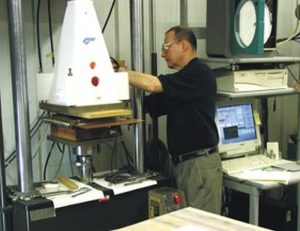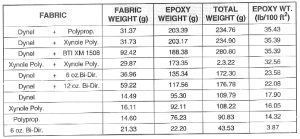by Bill Bertelsen, GBI Test Engineer Above: A properly engineered scootboard chassis. Even without the resources of a well-equipped test lab, Bill Bertelsen, GBI’s test engineer, was able to gather useful composites data using the equipment at hand—in this case, a spring clamp, a ruler, a digital camera, and an 8-year-old girl. , “Daddy, can […]
